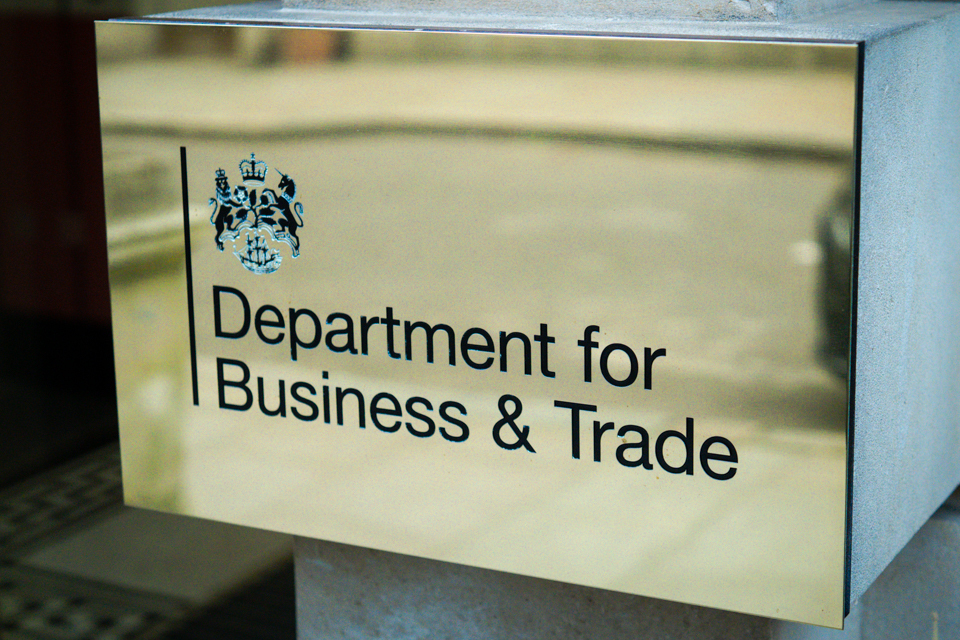The British pensioner paradise becoming a graveyard for small boat migrants

The migrants he treats have been at sea for as long as 15 days, sitting only in one position. Many are in a bad state when they finally arrive.
“Some suffer hypothermia. If you don’t treat it properly they can die,” the doctor says, adding that this was not something he previously encountered on the warm Spanish island.
“Some of them die from muscle destruction because it is so crowded on the boat they cannot move. Dehydration as well.”
Another common issue is described as “pie de patera”, or boat foot, referring to infected wounds exposed to seawater, excrement and urine that can cause septic shock.
“I’d never seen that before,” he says.
Gonzalez sees a lot of death these days. Recently, he was asked to check on a man on a boat that had just arrived.
“He was lying down. He was so white. Black, but white. The sea rescue captain asked, ‘Luis, do you think he is dead?’ ‘He’s dead,’ I said. Then there, just above him, was another one dying.”
Seeing children die is “the worst”. Only weeks ago a baby girl died after arriving on a boat with her mother and brother.
“In those days, we spent around three or four days crying all the time. It was horrible. But we are doctors, physicians and sanitary professionals. We have to do it,” Gonzalez says.
There are small glimmers of joy, too. A woman who had arrived 36 weeks pregnant gave birth to a healthy daughter a week ago, the first baby born to a migrant on the island. She was named Macu after the doctor who delivered her.
Gonzalez is anxious about how the next months will play out. The government in the Canaries has warned that as many as 150,000 migrants could arrive on the islands before the end of the year amid calmer sea conditions.
“The people who work here at the hospital are very worried. We are trying to keep them calm, but we are human beings. We are stressed all the time. Everybody is tired. There are too many people coming,” Gonzalez says.
“We have spent €1m [£840,000] from January to July on this migration problem. We haven’t received any [extra] money. This is an SOS. We need help.”
On the waterfront
In El Hierro, restaurants by the port in La Restinga now overlook aid tents and police cars.
Guests are still sitting by the port enjoying a glass of wine and seafood, while children play in the water.
But the near-daily arrival of cayucos is prompting concerns among some locals.
“The situation is quite alarming. Many people avoid coming to La Restinga because they think migrants arrive and are on the street as if nothing,” says a waiter.
“Each cayuco that arrives occupies a large part of the space in the port, preventing sailboats that do tourism here from entering. So the hospitality sector is suffering.”
On the waterfront in Tenerife, the largest of the Canary Islands, the crisis is hardly noticeable amid busy beaches and packed restaurants.
The largest camp on the island, Las Raices, where male migrants stay, is tucked away next to the domestic airport in the north.
Yet beneath the surface, tensions can be seen. Alongside a main road, a steady stream of young men are making their way into town, passing by a bus stop with graffiti saying “deport illegal immigrants”.
Related
Why investing in women is a vital next step for…
Get Nadine White's Race Report newsletter for a fresh perspective on the week's newsGet our free newsletter from The Independent's Race CorrespondentGet our fre
Business secretary signals major shift on electric car policy to…
In a determined effort to retain Nissan’s manufacturing presence in Britain, Business Secretary Jonathan Reynolds has vowed to implement “substantial c
Joint Statement: Business Secretary and Fujitsu Services Ltd
Business and Trade Secretary Jonathan Reynolds today (Friday 7 March) met chiefs for Fujitsu in Tokyo to begin talks over the cost of redress for victims of th
UK foreign secretary backs multilateral defence funding for Europe
UK foreign secretary David Lammy has said that a new multilateral fund will be needed to secure Europe’s defence as he confirmed that Britain is “open to”













